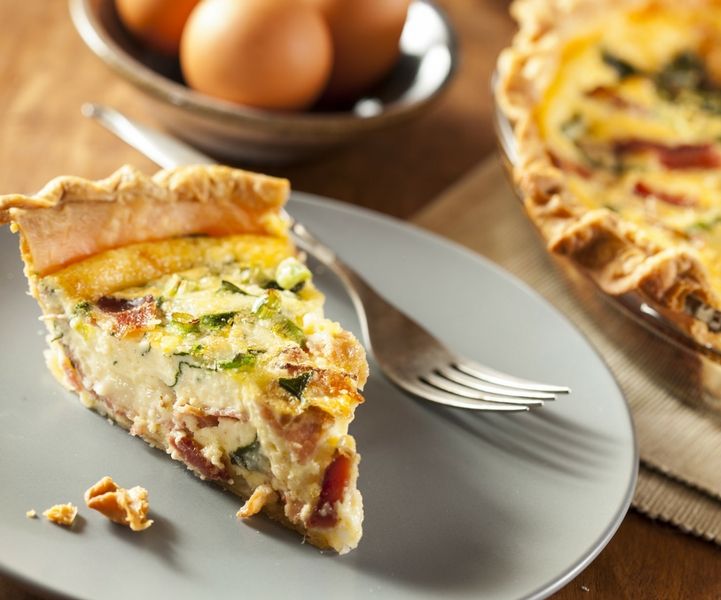Holiday Bacon & Spinach Quiche Recipe
10 minute read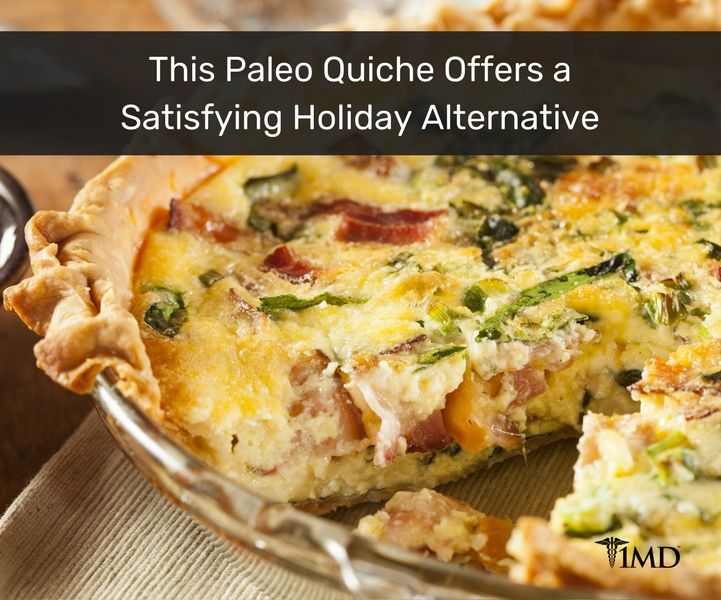
The Paleo Diet®, promoted in a book of the same name by Loren Cordain, PhD, is focused on grass-produced meats, fish and seafood, fresh fruits and vegetables, nuts, seeds, and healthy oils. The diet avoids cereal grains, refined sugar, dairy, potatoes, processed foods, salt, and refined vegetable oils.
While the idea that we need to follow the diet presumably eaten by our cave-dwelling ancestors is somewhat controversial in the health community, there may be some benefits from including certain animal proteins in the diet.
What You Need to Know About Protein
Did you know that protein is present in every cell in our bodies? Protein is necessary to assist your body in repairing cells and generating new cells, as well as for growth and development in children, adolescents, and pregnant women. Just about every metabolic process in the body requires protein and protein is not stored by the body.
| Related: 3 Things Everyone Should Know About Vitamin D |
When you eat protein like a hard-boiled egg or a burger, the protein is deconstructed into amino acids, which the body needs to maintain optimal health. These amino acids are found in animal proteins like meats, dairy, fish, and eggs. Legumes, nut butters, quinoa, and other plant sources also contain amino acids.
Amino Acids
Amino acids are either essential or nonessential.
Essential: Like essential vitamins, these are not made by the body but must be included in the diet. Your essential amino acid consumption may be spread throughout the day.
Nonessential: These amino acids are manufactured by the body or from the digestion of proteins.
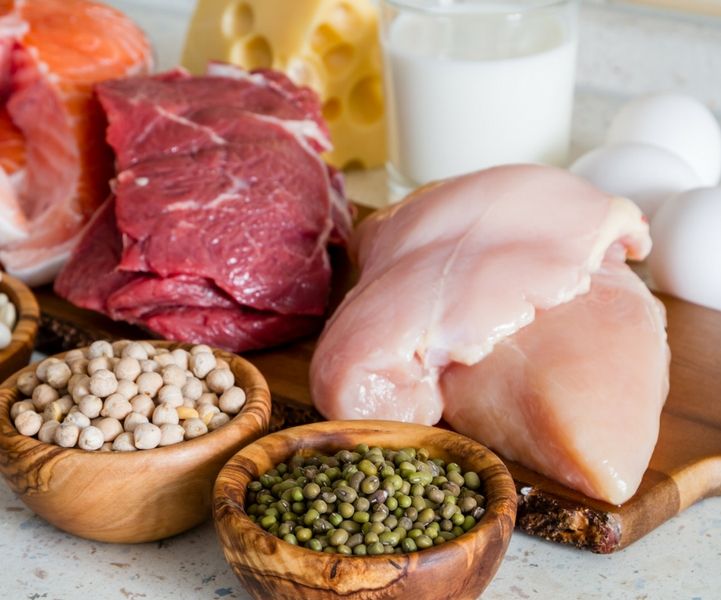
How Much Protein Do We Need?
For healthy adults, the recommended intake of protein ranges from 10 to 35% of daily calories. The following contain 7 g of protein:
♦ 1 ounce of meat, poultry, fish
♦ 1 large egg
♦ ¼ c. tofu
♦ ½ c. cooked beans or lentils
♦ 1 tablespoon peanut butter
Other sources include nuts and seeds, tempeh and soy protein products, dairy.
Plant vs Animal Sources
As we discussed, amino acids are either essential or nonessential. There are about 20 different amino acids that are used by the body and your body needs all the essential amino acids.
| Related: Protein Packed Vegan Chili Recipe |
Sources like a chicken breast, a steak, your morning eggs or cottage cheese are similar in amino acid profiles to the protein in your body. You may have heard the term “complete” protein, which means the source contains all the essential amino acids your body needs.
Protein from plant sources are considered “incomplete” because they lack at least one type of essential amino acids needed by your body to function. Plant proteins are typically low in aminos such as tryptophan, lycine, and isoleucine.
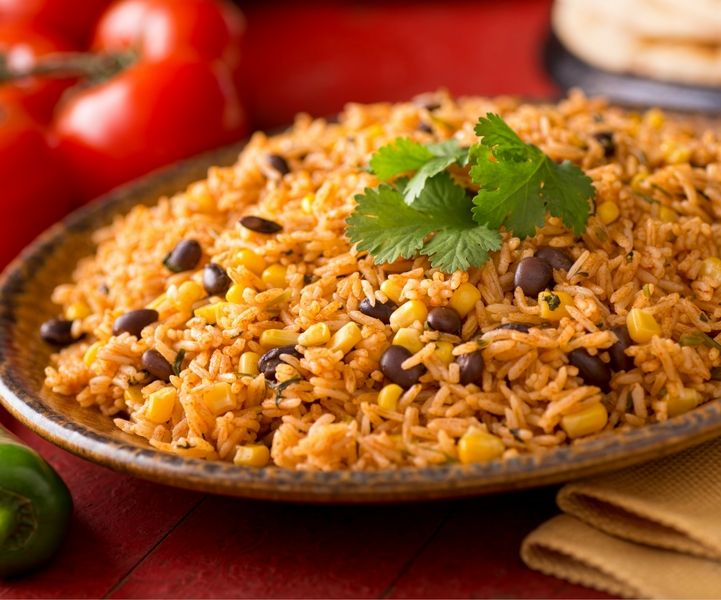
The Myth of Protein Combining
Years ago, it was believed that vegetarians and vegans needed to combine proteins at one meal in order to get adequate amino acid ratios. That idea has since been disproven. As long as sufficient calories and a variety of plant-based proteins are eaten over the course of a day, the amino acid ratios can be balanced.
Certain meals or snacks can make a complete protein. Eat legumes with grains, nuts, seeds, or dairy; grains with dairy; dairy with nuts; dairy with seeds and legumes. This is as simple as eating beans or tofu with rice or tortillas, yogurt with nuts, rice noodles with sesame or peanut sauce, or an almond butter sandwich on whole grain bread.
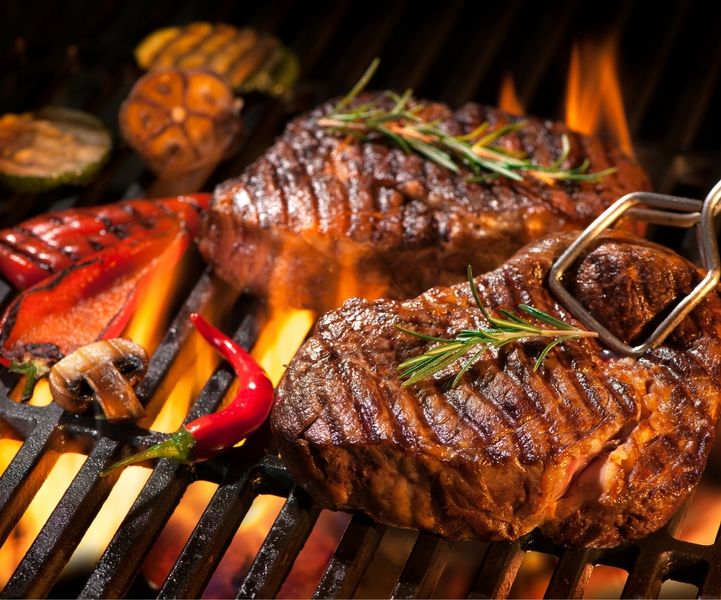
What About Red Meat?
Numerous studies have shown that red meat can have negative health implications.
Cardiovascular Disease
According to studies at the Harvard School of Public Health, eating even small amounts of red meat, especially processed meat like bologna or hot dogs, regularly may increase risk for heart disease and stroke. In addition, switching to healthier sources like poultry, fish or beans may lower the risk.
Diabetes
Protein quality appears to matter more than quantity with Type 2 diabetes, as well. One study showed that those who added a serving of processed red meat were at 32% higher risk for developing Type 2 diabetes. Another study concluded that those who begin eating more red meat had a 50% increased risk of developing diabetes within 4 years.
Cancer
Eating a diet high in red or processed meat is linked to an increased risk for colon cancer. High red meat consumption during adolescence may also be associated with premenopausal breast cancer.
| Related: Dandelion Root Can Help Cancer Patients |
The way you cook red meat may also impact cancer risk. Grilling at high temperatures may create carcinogenic compounds. Marinating meat beforehand, pre-cooking in the oven, or grilling over a low flame may reduce risk.
The World Health Organization International Agency for Research on Cancer states that processed meat is “carcinogenic to humans” and red meat is “probably carcinogenic.”
Weight Control
Eating a diet high in protein is a popular weight loss regimen but the type of protein eaten is important. Again, a Harvard School of Public Health study that tracked 120,000 men and women for up to 20 years concluded that those who ate more red and processed meat gained an extra pound or so every four years compared to those who ate more nuts.
Eggs are a good source of protein and those who start the day with eggs may end up eating less throughout the day than those who start with a breakfast of simple carbs such as pancakes or a bagel.
This Paleo Bacon and Spinach Quiche recipe may help.
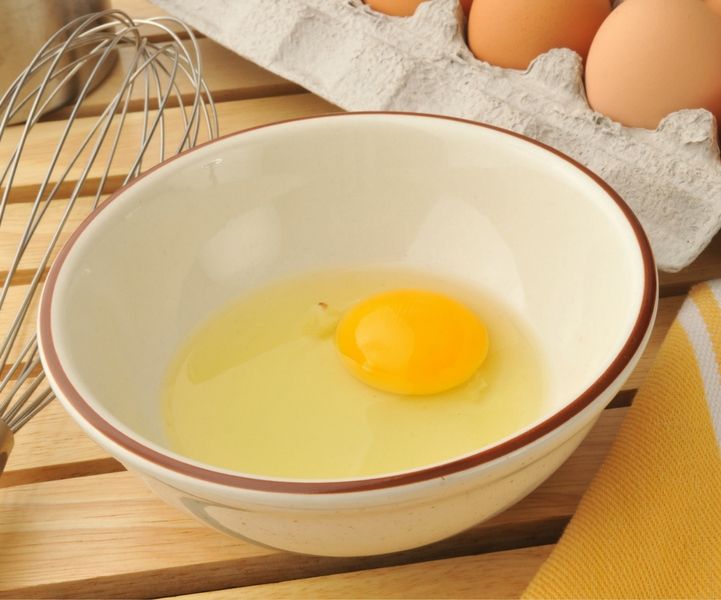
Paleo Bacon Spinach Quiche
Time: 55 minutes
Serves: 2-3
Ingredients
1 cup gluten-free flour
¼ teaspoon sea salt
¼ cup ghee, melted
¼ cup water
6 eggs, beaten
1½ cups coconut milk
sea salt and black pepper to taste
2 cups spinach
1 pound turkey bacon, cooked and crumbled
1 cup goat cheese, shredded
1 cup sheep cheese, shredded
Instructions
1. Preheat the oven to 375° F.
2. In a bowl, mix the flour with 1/4 teaspoon of sea salt.
3. In a separate bowl, mix the ghee and water. Add the mix to the bowl of flour and form a dough. Once the dough is ready, press it into a 9-inch greased pie crust pan.
4. Next, combine the eggs, coconut milk, salt and pepper in a bowl and give them a good whisk. Then layer the fresh spinach, turkey bacon and cheese atop the crust, and then pour the egg mixture over it all.
5. Bake for 35–45 minutes or until the egg has set.
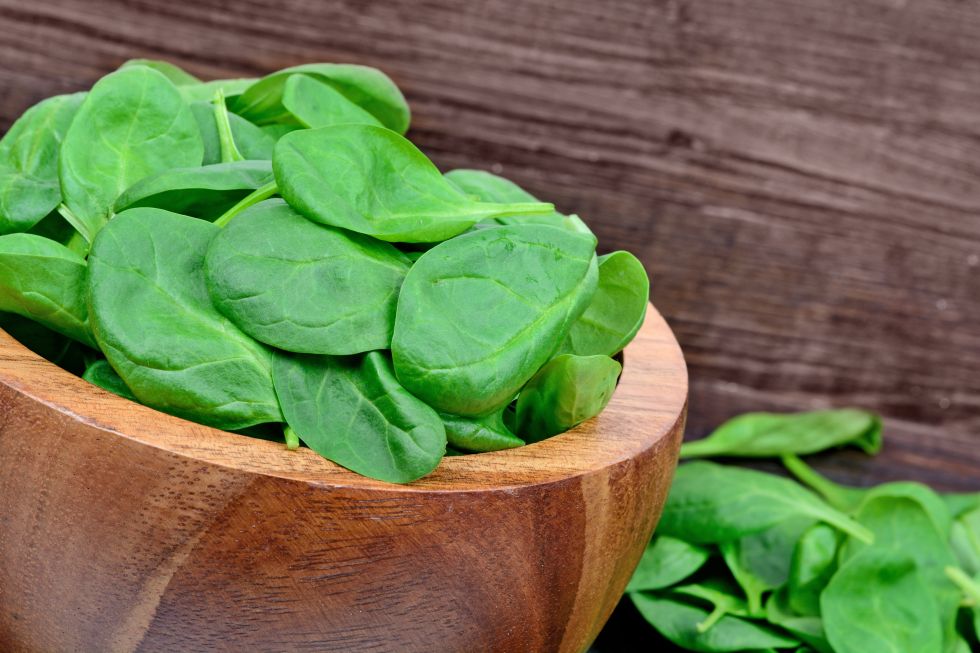
Healthy Ingredients
Eggs
A whole cooked egg contains not only about 7 grams of protein and 9 essential amino acids but is a balanced source of numerous nutrients. Eggs are a source of choline, which is needed for many body processes, including brain and heart function.
Eating just one egg per day increases both lutein and zeaxanthin in older adults without impacting cholesterol concentrations. Both lutein and zeaxanthin decrease risk for age-related macular degeneration.
Spinach
This leafy green vegetable is filled with nutrients and antioxidants, which may benefit everything from eye health to reduction in oxidative stress and risk of cancer. Spinach is a good source of insoluble fiber, which can help food pass through the digestive process.
Spinach is also high in carotenoids (which the body converts to vitamin A), vitamins C, folic acid, iron and calcium. Just one spinach leaf contains over half the recommended daily intake for vitamin K1, which is needed for blood clotting. The vegetable also contains B vitamins and vitamin E.
As a plant, spinach contains important compounds:
Lutein and Zeaxanthin: Support eye health
Kaempferol: An antioxidant that is linked to decreased cancer risk
Nitrates: May promote cardiovascular health
Quercetin: An antioxidant that may protect against inflammation and infection. Spinach is the best source of this antioxidant.
Ghee
Ghee or clarified butter is a common ingredient in the Paleo diet and may provide some health benefits. A traditional component of both Indian cooking and Ayurvedic medicine since ancient times, ghee is made by heating butter to a point that separates out liquid and milk solids from the fat.
This process makes ghee more concentrated than butter so it contains slightly more buytric acid and other short-chain fatty acids, which may have anti-inflammatory properties, promote gut health, and inhibit growth of cancer cells. In addition, the conjugated linoleic acid (CLA) in ghee may promote fat loss.
